3 超临界水氧化处理有机废物存在问题及发展前景
SCWO技术存在的问题限制了其在有机废物处理过程中的大规模的工业化应用,现在研究还基本处于实验室阶段。首先,影响SCWO反应进行的影响因素众多,原料的浓度、成分、密度、pH等的监测和目的产物实时快速控制难以实现,从而直接影响整个氧化反应速率和目的产物的生成。其次,在超临界状态下,反应过程中产生的活性自由基及强酸或盐类的加入对反应器设备的腐蚀很严重,高分子有机物降解过程中和处理含有卤素及S、P等元素的有机物时产生的酸类物质时更加剧了腐蚀作用[33]。再者,因金属离子及无机盐在超临界水中的溶解度低,由此而产生的无机盐和金属氧化物的沉积问题,极易造成设备堵塞。此外,超临界氧化反应器的密封问题也是困扰反应正常进行的重要因素。
超临界水氧化处理有机废物在现实应用中除了存在高投入、腐蚀和反应器堵塞等问题,尚存在以下急待解决的问题。首先是SCWO动力学的研究问题。有机物的超临界氧化需要在不同的压力、温度条件下进行,在设备中的停留时间也不相同。现行的研究主要集中在典型污染物在超临界氧化条件下的动力学模型的建立上,主要研究有机物的去除率和反应产物的生成,仅以此建立的反应动力学是不全面的,不能够反映复杂有机物在超临界状态下反应过程,所以有必要建立TOC及COD的消失动力学等来全面反映氧化进程。同时SCWO反应机理也成为研究者关注的对象[34]。在SCWO状态下水的特殊性质,有机化合物的复杂性,使得降解的机理会存在一定的变化,而且随着反应条件的不同,分析手段的各异,对反应机理的认识存在差距。再者,在超临界状态下的处理有机污染物质成为CO2和H2O及其他产物,需要高温高压的反应条件,因此引入催化剂来缓和反应条件,加速反应速率和提高目标产物的产率目前已经成为新的研究热点。
综上所述,超临界水条件下有机废物资源化研究已经在水解产气和氧化制酸等方面取得了一定的成果,但作为一种新兴的资源化技术,超临界水及其氧化反应技术还尚未成熟,加强动力学、反应机理、催化剂和腐蚀堵塞等问题的研究,必将为其带来广阔的资源化应用前景。
参考文献
1. Modell. Processing methods for the oxidation of organics in supercritical water. US Pto 4,338,199.1982.
2. Peter K, Eckhard D. An assessment of supercritical water oxidation (SCWO) Existing problems, possible solutions and new reactor concepts. Chemical Engineering Journal. 2001, 83: 207~214
3. Marc H, Philip A M, Glenn T H, et al. Salt precipitation and scale control in supercritical water oxidation—part A: fundamentals and research. Journal of Supercritical Fluids. 2004, 29: 265~288
4. Chien Y C, Wang H P, Lin K S, et al. Oxidation of Printed Circuit Board Wastes In Supercritical Water. Wat. Res. 2000, 34(17): 4279~4283
5. Jeffrey T H, Phillip E S. Potential explanations for the inhibition and acceleration of phenol SCWO by water. Ind. Eng. Chem. Res. 2004, 43: 4841~4847
6. Kruse A, Gawlik A. Biomass Conversion in Water at 330~410 °C and 30~50 MPa. Identification of key compounds for indicating different chemical reaction pathways. Ind. Eng. Chem. Res. 2003, 42:267~279
7. Takuya Y, Yoshito O, Yukihiko M. Gasification of biomass model compounds and real biomass in supercritical water. Biomass and Bioenergy. 2004, 26:71~ 78
8. Lee I G, Kim M S, Ihm S K. Gasification of glucose in supercritical water. Ind. Eng. Chem. Res. 2002, 41:1182~1188
9. Hao X H, Guo L J,Mao X et al. Hydrogen production from glucose used as a model compound of biomass gasified in supercritical water. International Journal of Hydrogen Energy,2003, 28:55~64
10. Kruse A, Henningsen T. Biomass Gasification in supercritical water: influence of the dry matter content and the formation of phenols. Ind. Eng. Chem. Res. 2003, 42:3711~3717
11. Ayhan D. Hydrogen-rich gas from fruit shells via supercritical water extraction. International Journal of Hydrogen Energy,2004,29:1237~1243
12. Yukihiko M. Evaluation of supercritical water gasification and biomethanation for wet biomass utilization in Japan. Energy Conversion and Management. 2002,43:1301~1310
13. Calzavara Y, Joussot D C, Boissonnet G,et al. Evaluation of biomass gasification in supercritical water process for hydrogen production. Energy Conversion and Management,2005,46:615~631
14. Ali S, Andrea K, Jens R. Influence of the heating rate and the type of catalyst on the formation of key intermediates and on the generation of gases during hydropyrolysis of glucose in supercritical water in a batch reactor. Ind. Eng. Chem. Res. 2004, 43:502~508
版权声明
1、凡注明"来源:环卫科技网" 的所有作品(包括但不限于文字、图片、PDF、图表、标志、标识、商标、版面设计、专栏目录与名称、内容分类标准以及为读者提供的任何信息),仅供本网站读者阅读、学习研究使用,未经环卫科技网及/或相关权利人授权,任何单位及个人不得将环卫科技网及其所有公众号所登载、发布的内容用于商业性目的,包括但不限于转载、复制、发行、制作光盘、数据库、触摸展示等行为方式,或将之在非本站所属的服务器上作镜像。否则,环卫科技网将采取包括但不限于网上公示、向有关部门举报、诉讼等一切合法手段,追究侵权者的法律责任。
2、如需申请授权或投稿,请联系:15275181529(电话同微信),经授权后 ,方可转载并注明来源与作者。
3、如需商务合作,请联系:15550005077(电话同微信)。


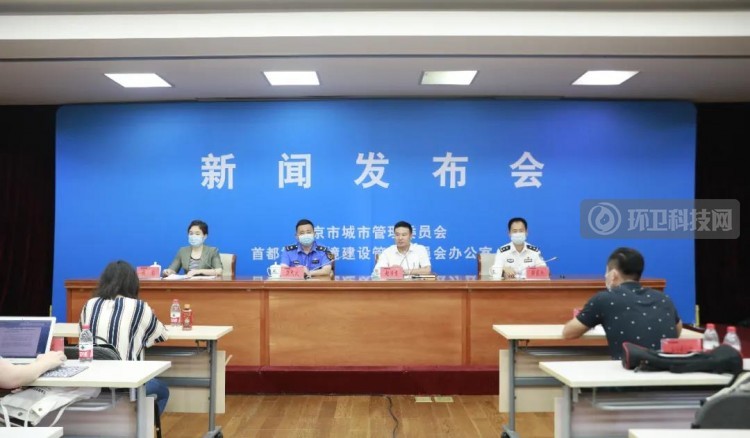
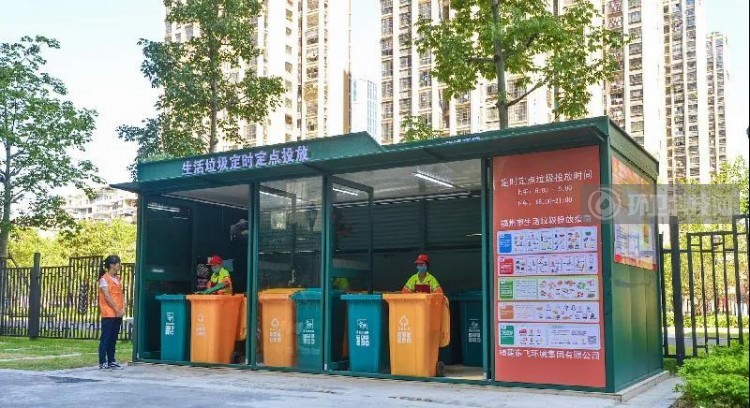
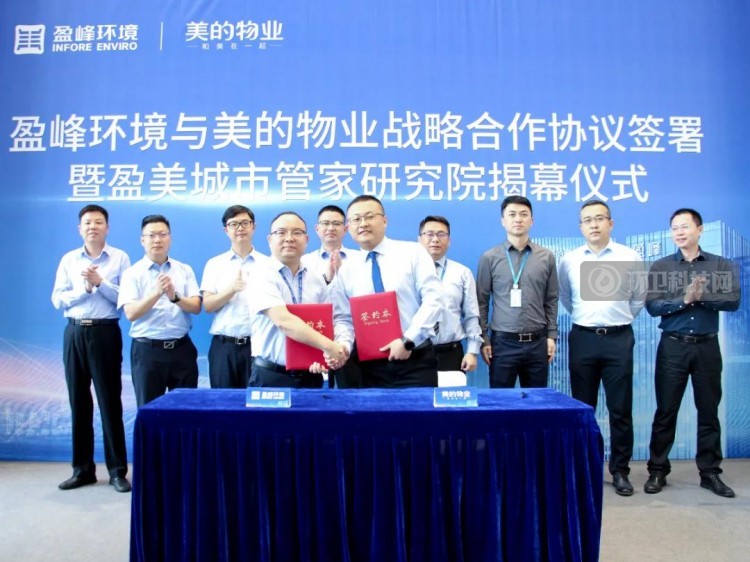
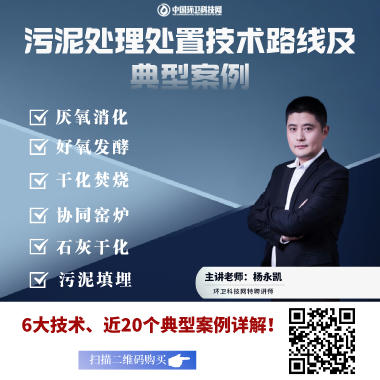
 北京市召开《生活垃圾管理条例》实施进展情况新闻发布
北京市召开《生活垃圾管理条例》实施进展情况新闻发布 布局城市管家!盈峰环境与美的物业战略合作协议签署仪
布局城市管家!盈峰环境与美的物业战略合作协议签署仪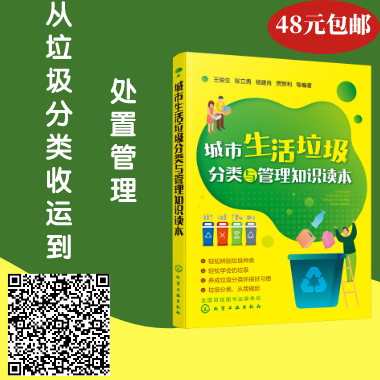
 环卫科技网公众号
环卫科技网公众号 环卫微学院公众号
环卫微学院公众号 乐分圈微信公众号
乐分圈微信公众号 厕重点微信公众号
厕重点微信公众号